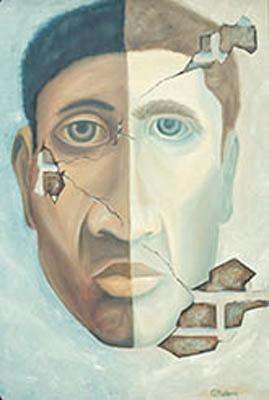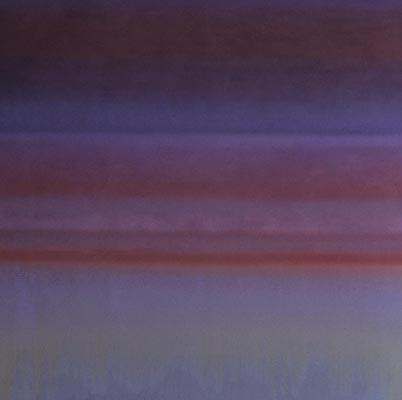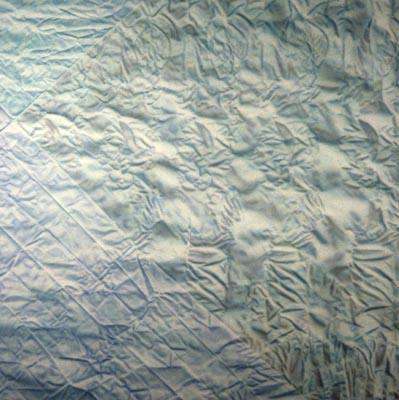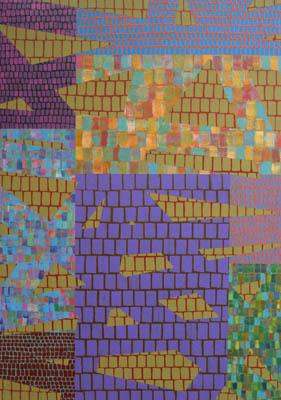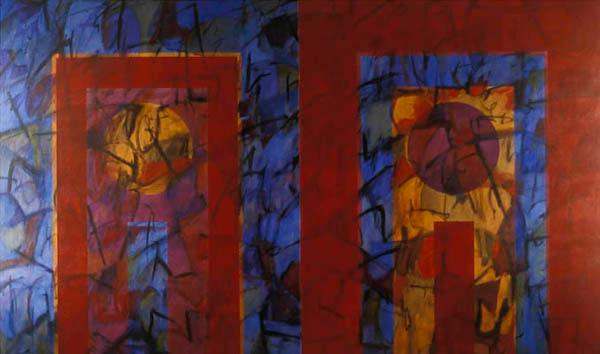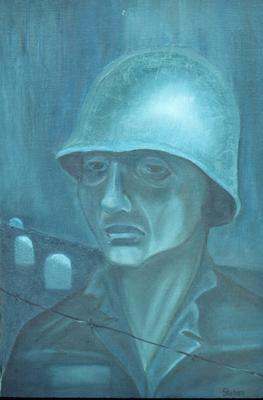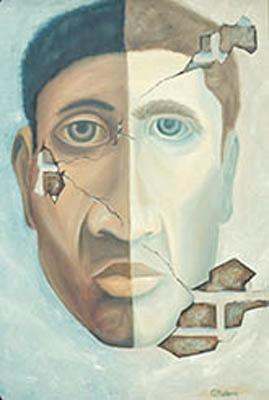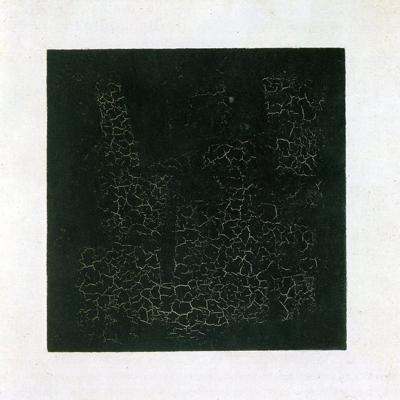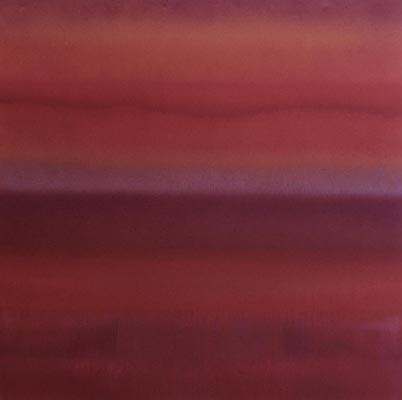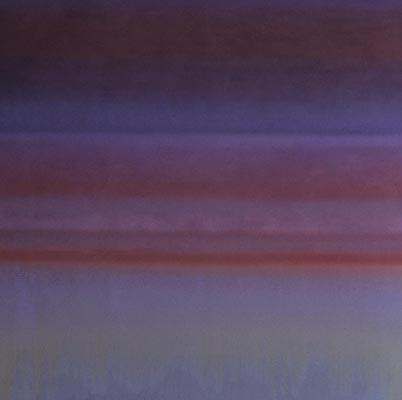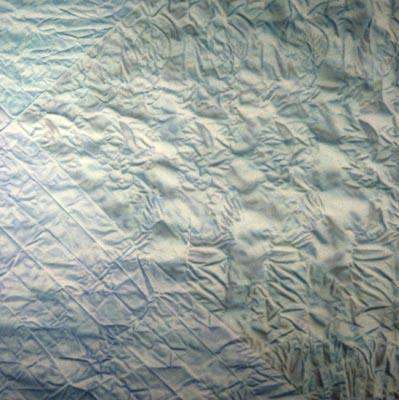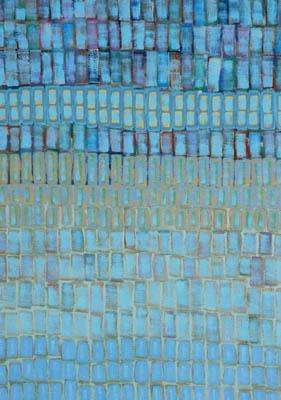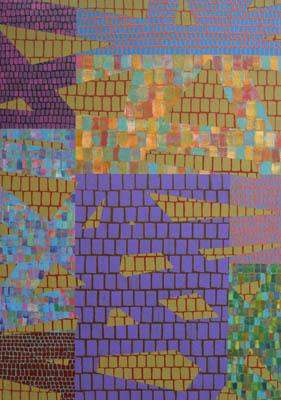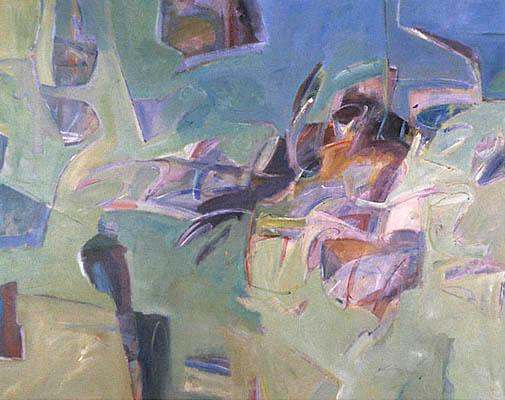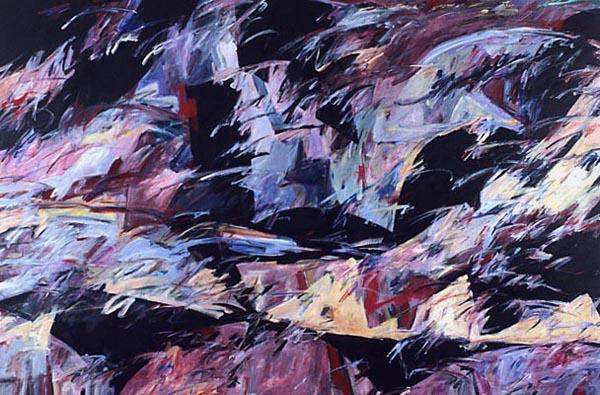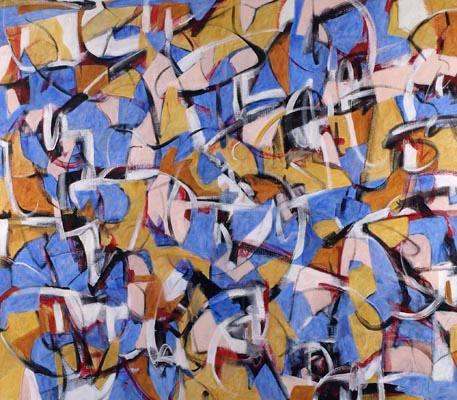Greg Huebner - Style Progression of an Artist
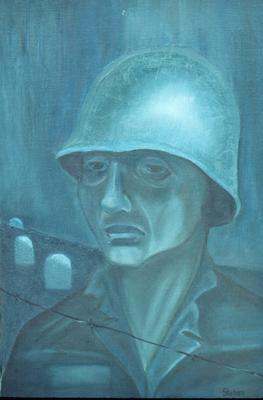
To view my work of the past 40 years it is hard to believe that at one
time I was a strict realist painter. Returning to college in the fall of
1968 after what I experienced since April that year I felt I had much
more to say in my painting than I had the previous year.
I had protested the war since my senior year in high school and it was
just a matter of time that it entered my paintings.

In January 1969 I took my first modern art history class and the day the
class was introduced to Kasimir Malevich's "Black Suprematist Square",
1914-1915, my paintings were forever changed.
At this stage of my art education this was the first painting I had
encountered that seemed to reference nothing but itself. It is not a
painting of an object or objects, but rather, it is an object. It
demands an active response from the viewer's imagination rather than the
passive response of recognizing an object.
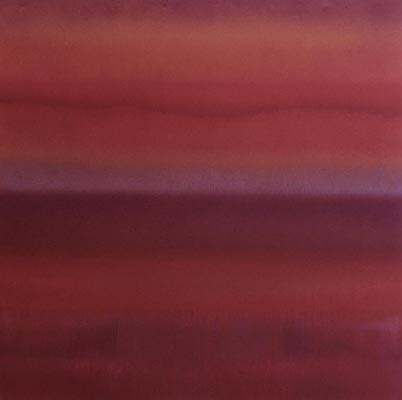
It was through non-objective abstraction that I was able to find my own
voice. It is through non-objective abstraction that I am able to make
visible the concepts and issues that are most authentic in my life.
Objects are objects, one can paint them as they are, howere, I was, and
still am much more interested in issues concerning the dynamic
relationships between objects and to visualize this in my paintings I
required a non-objective, abstract visual language.
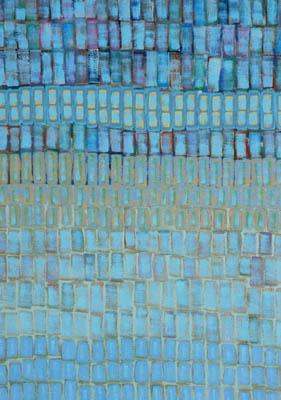
Environments designed by western civilization to allow the faithful to
engage their spiritual self always fascinated me. My reflection on such
environments led me to a new series of paintings dealing with the
rituals that, in the words of mythologist Joseph Campbell, allow us to
"pitch us out of ourselves to connect with a higher consciousness."

From 1982 to 1988 I experimented with several themes and approaches to
painting including an exploration of neo-expressionist figurative works
dedicated to the victims of this world. The series was a brief one, but
the expressive brushwork I developed for these paintings was an
important development for series to come.
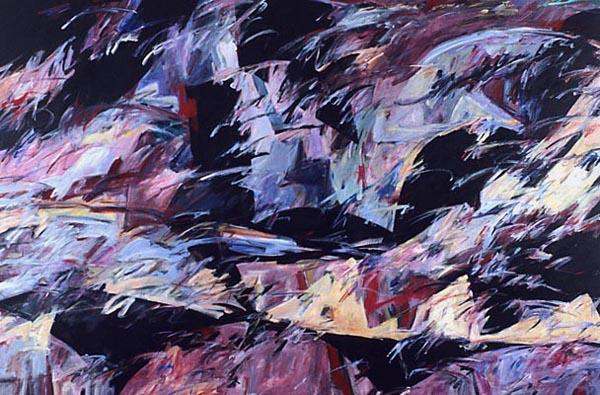
While researching the patterns on Native American pottery I began to
notice the beautiful abstract compositions that could be found when
isolating small sections of these patterns on the pots. The small
isolated sections became the basis for compositions on top of which I
would then improvise with gesture and color.
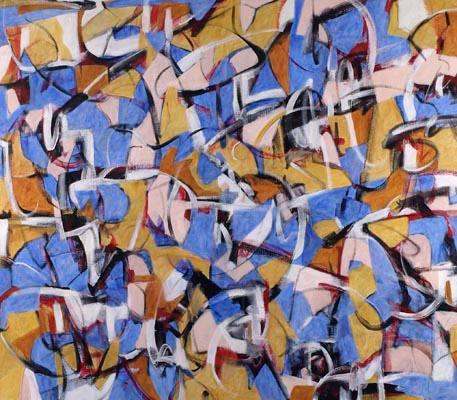
The search for a spiritual harmony and balance through the act of
painting continues in my work to this day and I expect it forever will.
My fascination with the spiritual aspect of being human and how the many
peoples of this world maintain that spiritual self in their lives is at
the heart of my paintings.

